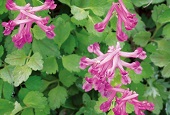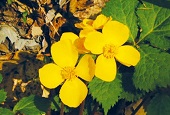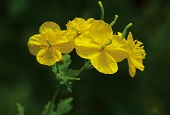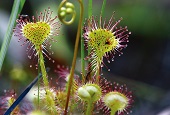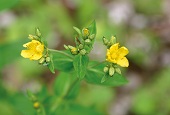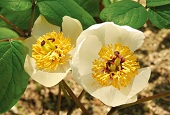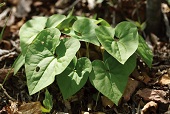-
 Korea.net's 24-hour YouTube channel
Korea.net's 24-hour YouTube channel- NEWS FOCUS
- ABOUT KOREA
- EVENTS
- RESOURCES
- GOVERNMENT
- ABOUT US
View this article in another language
- 한국어
- English
- 日本語
- 中文
- العربية
- Español
- Français
- Deutsch
- Pусский
- Tiếng Việt
- Indonesian
Flora & Fauna of Korea #45
Korea.net publishes a series of articles, “Nature You Meet in the Mountains,” about the peninsula’s mushrooms, insects, trees and herbs & flowers.
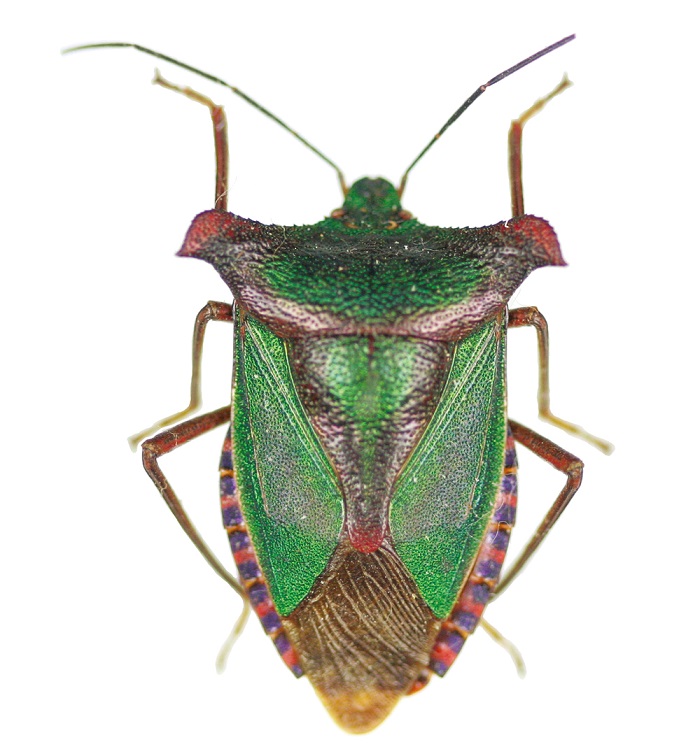
Insects
Name: 대왕노린재, Great King Stinkbug
Scientific name: Pentatoma parametallifera Zheng et Li
Distribution: Korea, Japan and Russia
This stinkbug is about 23 to 25 millimeters long. It is vivid green and has many black dots on its body. It has relatively larger and longer bumps on its shoulders and abdomen. The anterior thorax is bigger and wider than the rest of the body, and the body is a bit bent toward the back. The front area around the shoulders develops sawtooth edges. The postnotum above the frontal wings are light brown and transparent.
Ecology: It inhabits forests and mountains. It feeds on juice from fruits and trees, particularly acanthopanax plants.
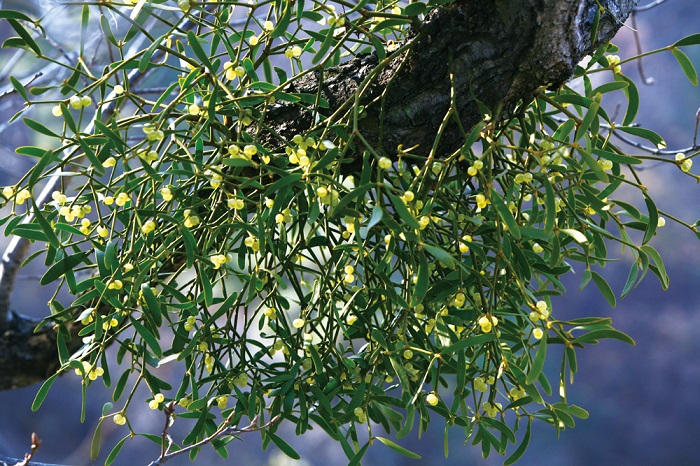
]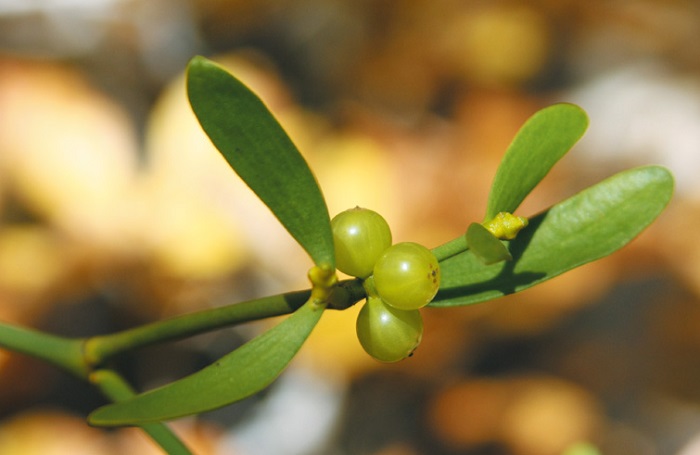
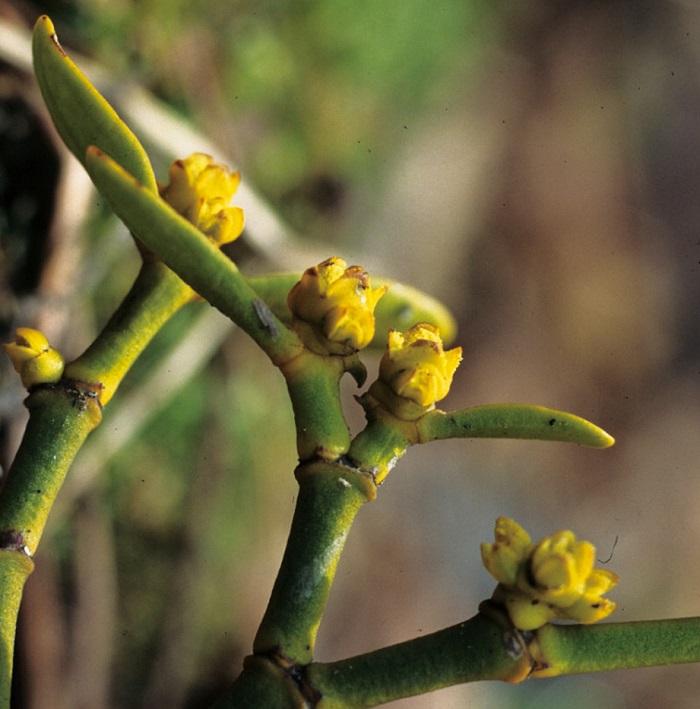
Trees
Name: 겨우살이, Gyeowusari
Scientific name: Viscum album var. coloratum (Kom.) Ohwi
Type: evergreen broadleaf shrub
Blooming season: April
Bearing season: August to October
Distribution: southern parts of Pyonganbuk-do and Hampyongnam-do in North Korea
This shrub grows from the trunk of oak, hackberry, Manchurian elder, chestnut and birch trees. It grows to a maximum of one meter. The bark is yellowish green. The trees have dichotomous stems. The leaves are opposite, lanceolate, obtuse or round. As it tapers toward the end, the leaves become narrower, thicker and more green. It's a dioecious tree that gives bloom to yellow flowers. The fruits are round and light yellow.
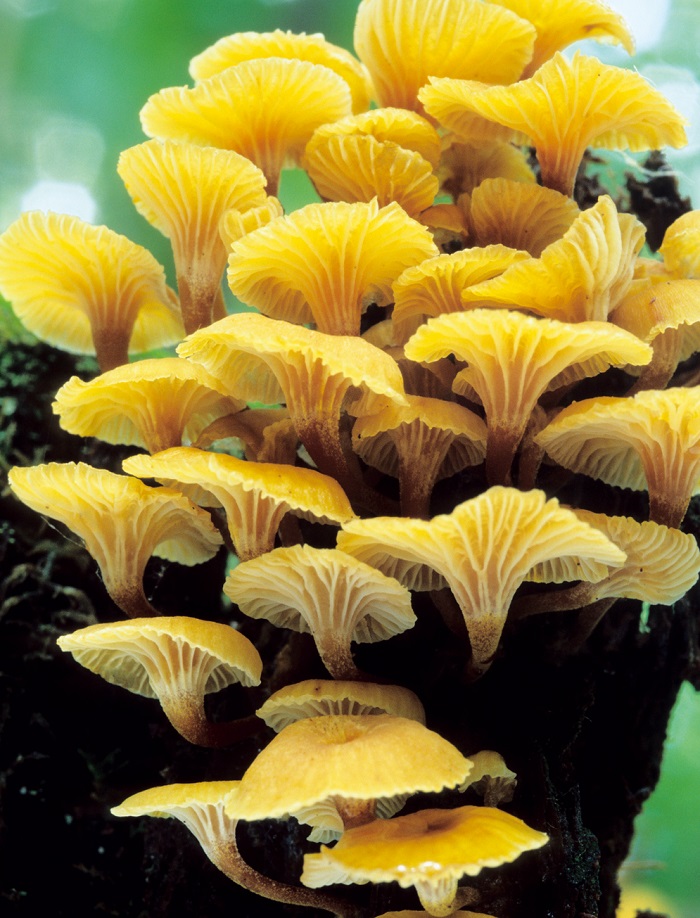
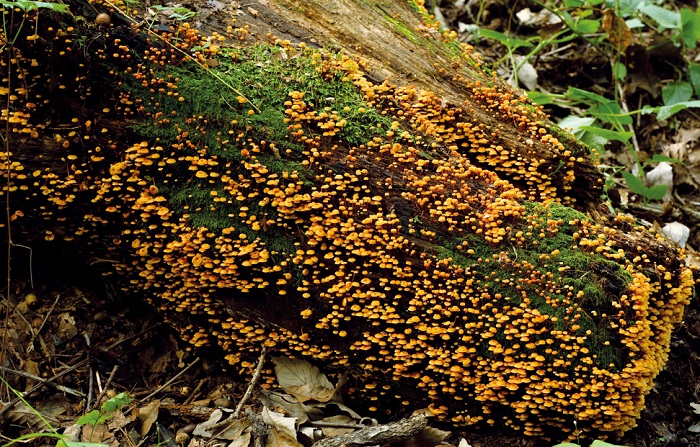
Mushrooms
Name: 이끼살이버섯, Ekkisari beoseot
Scientific name: Xeromphalina campanella (Batsch) Maire
Type: saprophile spore
Print: white
Inedible
This mushroom grows in clusters from mossy stumps and fallen conifers. The cap is about 0.8 to 2 centimeters in diameter. The shape varies from a bell to a semi-circle. The surface is flat with the center slightly dented. It is yellowish brown. It shows radial patterns when humid. The pleats are loosely arranged and are yellow. The stipe is about 1 to 3 centimeters long and 0.5 to 2 millimeters wide. The top is yellow and the color becomes a stronger brown toward the bottom.
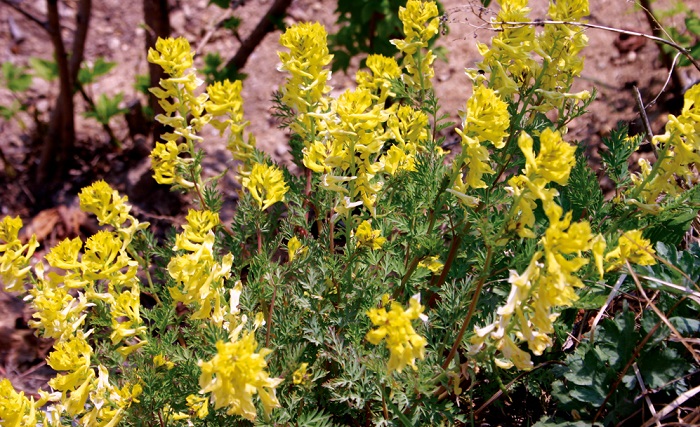
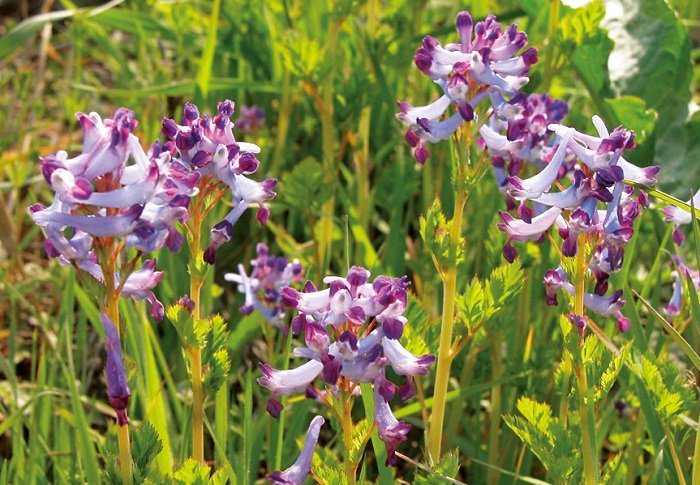
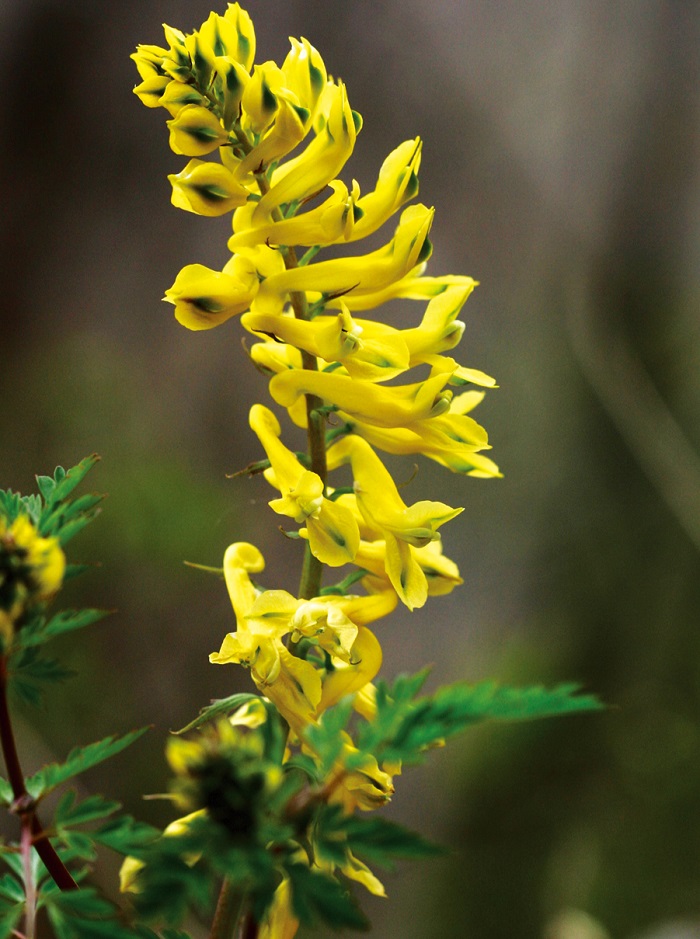
Herbs & Flowers
Name: 산괴불주머니, Sangwebuljumeoni
Scientific name: Corydalis speciosa Maxim.
Blooming season: April to June
Distribution: mountains nationwide
This herb lives only for two years in mountains and forests. It grows to 30 or 50 centimeters. The stems are white. The leaves are opposite and bipinnate, and the leaflets are tripartite. The final piece of the leaf is oval shaped. It gives bloom to yellow flowers clustered at the upper ends of the branches. The petals look like lips and droop down at the end. It bears capsule fruits.
*This series of article about Korea’s insects, trees, mushrooms and herbs & flowers has been made possible through the cooperation of the Korea National Arboretum.
Korea.net publishes a series of articles, “Nature You Meet in the Mountains,” about the peninsula’s mushrooms, insects, trees and herbs & flowers.

Insects
Name: 대왕노린재, Great King Stinkbug
Scientific name: Pentatoma parametallifera Zheng et Li
Distribution: Korea, Japan and Russia
This stinkbug is about 23 to 25 millimeters long. It is vivid green and has many black dots on its body. It has relatively larger and longer bumps on its shoulders and abdomen. The anterior thorax is bigger and wider than the rest of the body, and the body is a bit bent toward the back. The front area around the shoulders develops sawtooth edges. The postnotum above the frontal wings are light brown and transparent.
Ecology: It inhabits forests and mountains. It feeds on juice from fruits and trees, particularly acanthopanax plants.

]


Trees
Name: 겨우살이, Gyeowusari
Scientific name: Viscum album var. coloratum (Kom.) Ohwi
Type: evergreen broadleaf shrub
Blooming season: April
Bearing season: August to October
Distribution: southern parts of Pyonganbuk-do and Hampyongnam-do in North Korea
This shrub grows from the trunk of oak, hackberry, Manchurian elder, chestnut and birch trees. It grows to a maximum of one meter. The bark is yellowish green. The trees have dichotomous stems. The leaves are opposite, lanceolate, obtuse or round. As it tapers toward the end, the leaves become narrower, thicker and more green. It's a dioecious tree that gives bloom to yellow flowers. The fruits are round and light yellow.


Mushrooms
Name: 이끼살이버섯, Ekkisari beoseot
Scientific name: Xeromphalina campanella (Batsch) Maire
Type: saprophile spore
Print: white
Inedible
This mushroom grows in clusters from mossy stumps and fallen conifers. The cap is about 0.8 to 2 centimeters in diameter. The shape varies from a bell to a semi-circle. The surface is flat with the center slightly dented. It is yellowish brown. It shows radial patterns when humid. The pleats are loosely arranged and are yellow. The stipe is about 1 to 3 centimeters long and 0.5 to 2 millimeters wide. The top is yellow and the color becomes a stronger brown toward the bottom.



Herbs & Flowers
Name: 산괴불주머니, Sangwebuljumeoni
Scientific name: Corydalis speciosa Maxim.
Blooming season: April to June
Distribution: mountains nationwide
This herb lives only for two years in mountains and forests. It grows to 30 or 50 centimeters. The stems are white. The leaves are opposite and bipinnate, and the leaflets are tripartite. The final piece of the leaf is oval shaped. It gives bloom to yellow flowers clustered at the upper ends of the branches. The petals look like lips and droop down at the end. It bears capsule fruits.
*This series of article about Korea’s insects, trees, mushrooms and herbs & flowers has been made possible through the cooperation of the Korea National Arboretum.
Most popular
- First hearing-impaired K-pop act hopes for 'barrier-free world'
- Event 'K-Beauty Hang Out' draws hundreds in Philippines
- Ceremony in Seoul inducts 2,641 content creators of Korean culture
- 'Mad Max' director impressed by 'cinema-literate' Korean viewers
- Romanian presidential couple visits national cemetery









